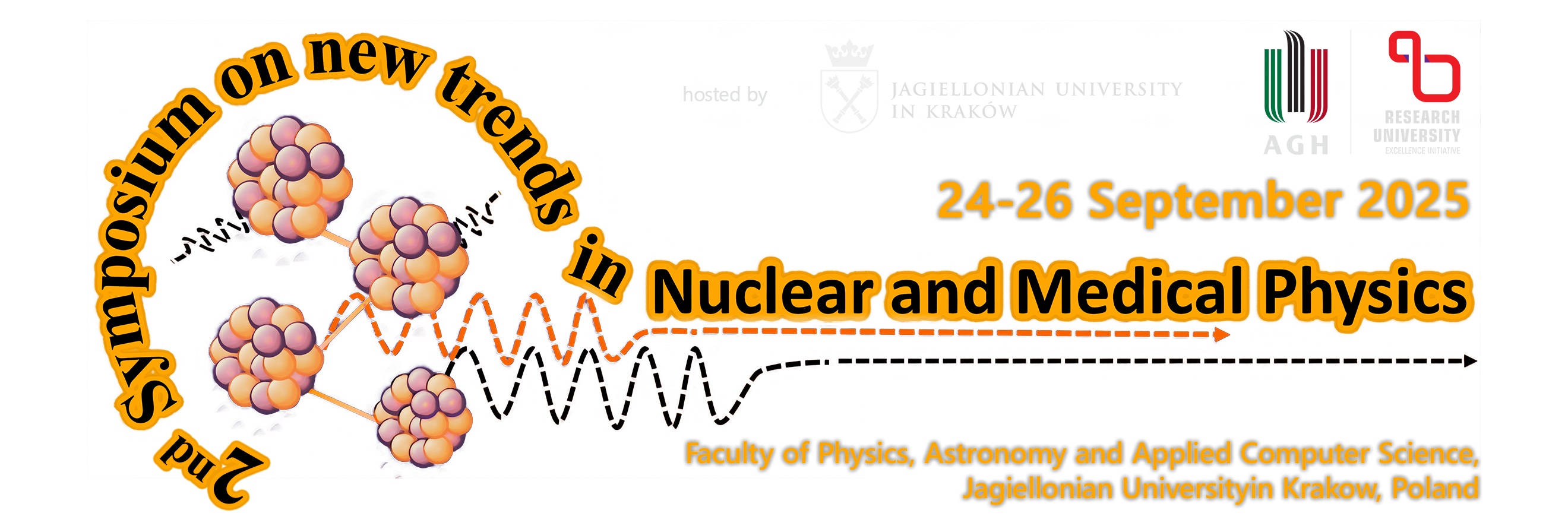Kenji Shimazoe
(The University of Tokyo, Japan)
24/09/2025, 09:15
invited talk
Koji Michishio
(National Institute of Advanced Industrial Science and Technology - AIST, Japan)
24/09/2025, 09:40
invited talk
Ewa Dryzek
(Institute of Nuclear Physics Polish Academy of Sciences, Poland)
24/09/2025, 10:05
talk
Paweł Moskal
(Jagiellonian University, Poland)
24/09/2025, 10:20
invited talk
Manish Das
(Jagiellonian University, Poland)
24/09/2025, 10:45
talk
Tomasz Sowiński
(Institute of Physics, Polish Academy of Sciences, Poland)
26/09/2025, 10:50
invited talk
Sebastiano Mariazzi
(University of Trento, Italy)
26/09/2025, 11:15
invited talk
Milena Piotrowska
(Jan Kochanowski University, Poland)
26/09/2025, 11:40
invited talk
Magdelena Allen
(MIT, MGH Martinos Center, USA)
26/09/2025, 12:05
talk
Neha Chug
(Jagiellonian University, Poland)
26/09/2025, 12:20
talk
Deepak Kumar
(Jagiellonian University, Poland)
26/09/2025, 12:30
talk
Kenji Shimazoe
(The University of Tokyo)
invited talk
Nuclear medical imaging devices, PET and SPECT, are powerful and highly sensitive to the accumulation of molecules with a small amount of radio-nuclides. Extracting physico-chemical micro-environmental information in addition to accumulation could contribute to more accurate diagnosis and therapy in radio-theranosics. A novel direct imaging technique of three gamma decays from...

